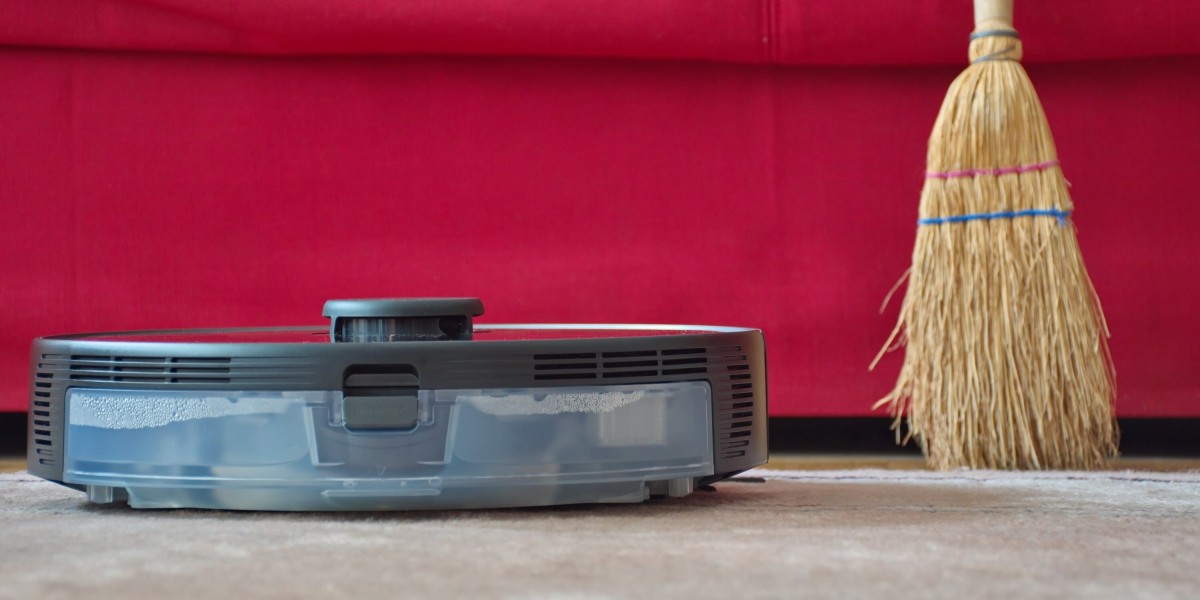Unlock Your Gaming Potential: Discover the Magic of Mechanical Keyboards!
In the ever-evolving landscape of gaming technology, mechanical gaming keyboards have emerged as a staple for gamers seeking precision, speed, and comfort. Unlike traditional membrane keyboards, mechanical keyboards utilize individual mechanical switches for each key, offering a unique tactile experience that can significantly enhance gameplay. As more players recognize the advantages of these keyboards, their popularity continues to soar. This article aims to delve into the world of mechanical gaming keyboards, exploring their numerous advantages, the various types available, and what users are saying about them. Whether you’re a casual gamer or a competitive player, understanding these keyboards can help you unlock your full gaming potential.

Understanding Mechanical Gaming Keyboards
Mechanical gaming keyboards are designed with individual switches beneath each key, which is a stark contrast to the rubber dome switches found in standard keyboards. The mechanics of these keyboards are fascinating; each switch comprises several components, including a housing, spring, and stem, which work together to provide a distinct feel and sound when a key is pressed. This design is crucial for gamers, as the tactile feedback received from mechanical switches can improve reaction times and accuracy during gameplay. Many gamers find that the responsiveness of mechanical keyboards makes them a joy to use, as they deliver a satisfying click or bump that can enhance typing and gaming experiences alike.
Advantages of Mechanical Keyboards
The benefits of using mechanical gaming keyboards extend far beyond their appealing aesthetics. One of the primary advantages is their tactile feedback, which allows users to feel when a key has been actuated, reducing the chances of mistakes during critical moments in gaming. Durability is another key feature; mechanical keyboards often last much longer than their membrane counterparts, with some switches rated for over 50 million keystrokes. Customizability is also a significant draw; many mechanical keyboards allow users to swap out keycaps and switches to suit their preferences. Additionally, the improved gaming performance associated with these keyboards—due to their faster response times and anti-ghosting features—can give players a competitive edge. Overall, mechanical keyboards offer a combination of comfort, longevity, and performance that is hard to match.
Types of Mechanical Switches
When it comes to mechanical switches, there is a variety of options, each offering distinct characteristics that can affect both gaming and typing experiences. The three main categories of switches are linear, tactile, and clicky. Linear switches provide a smooth keystroke without any tactile feedback, making them ideal for fast-paced gaming where rapid key presses are essential. Tactile switches, on the other hand, give a noticeable bump when a key is actuated, helping typists and gamers alike feel their inputs. Clicky switches offer both tactile feedback and an audible click, which some users find satisfying but can be loud in shared environments. Each switch type caters to different preferences, so understanding their characteristics is crucial for selecting the best keyboard for your needs.
Choosing the Right Mechanical Keyboard
Selecting the perfect mechanical gaming keyboard can be a daunting task given the plethora of options available. It’s essential to consider your personal preferences and gaming style. Start by determining your preferred switch type; this will heavily influence your overall experience. Additionally, keycap material and construction quality should not be overlooked, as they can affect durability and feel. Features such as RGB lighting, programmable keys, and wrist rests can also enhance your gaming setup but may vary in cost. Setting a budget is vital, as mechanical keyboards can range widely in price. Ultimately, taking the time to research and test different models can lead you to the keyboard that best fits your gaming needs.
User Reviews and Experiences
User reviews regarding mechanical gaming keyboards often reveal a common theme: users appreciate the tactile feedback and durability of these devices. Many gamers express that transitioning from a traditional keyboard to a mechanical one has significantly improved their accuracy and comfort during extended gaming sessions. However, some criticisms arise, particularly regarding noise levels with clicky switches and the initial learning curve associated with different switch types. Overall, feedback tends to be overwhelmingly positive, with users noting that the investment in a mechanical keyboard pays off through enhanced performance and enjoyment in gaming.
Maximizing Your Gaming Experience
In summary, mechanical gaming keyboards offer a range of benefits that can greatly enhance your gaming experience. From their tactile feedback and durability to the variety of switch types available, there’s a mechanical keyboard to suit every preference and gaming style. As you consider your options, reflect on your specific needs and how a mechanical keyboard could improve your gameplay. Investing in the right mechanical gaming keyboard can truly unlock your gaming potential, providing you with the tools to perform at your best.








